
Rapid Analysis of BTEX in Soil Using Methanolic Extraction
Combining direct analysis using selected ion flow tube mass spectrometry (SIFT-MS) and automated sample preparation, determination of benzene, toluene, ethylbenzene, and the xylenes (BTEX) in soil via methanolic extraction is simplified and accelerated. This application note provides an initial validation of the automated SIFT-MS method and demonstrates that the sample throughput achievable with SIFT-MS is at least two-fold higher than gas chromatography (GC).

Rapid Analysis of BTEX in Water using Automated SIFT-MS
Selected ion flow tube mass spectrometry (SIFT-MS) combined with GERSTEL automation greatly simplifies analysis of benzene, toluene, ethylbenzene and the xylenes (BTEX) in water. This application note demonstrates the linearity, repeatability and sensitivity achievable with automated SIFT-MS. Automated static headspace (SH)-SIFT-MS provides sample throughputs at least three-fold higher than traditional purge-and-trap-gas chromatography methods.
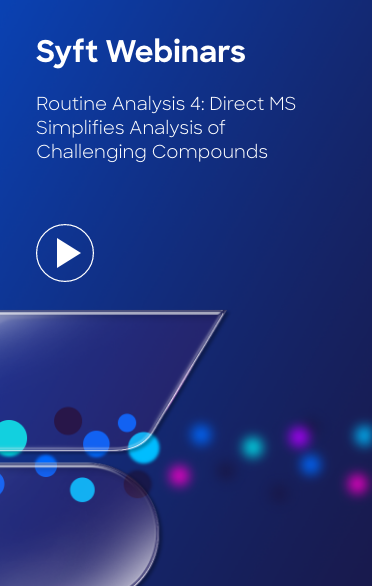
Routine Analysis 4: Direct MS Simplifies Analysis of Challenging Compounds
This webinar focuses on case studies that demonstrate simple analysis of chromatographically challenging compounds. Formaldehyde receives special attention, as it is important across a wide range of industries (from environmental to pharmaceutical testing). The formaldehyde case study also includes validation of an unconventional analytical method in compliance with ICH Q2(R1) guidelines for regulatory submission.
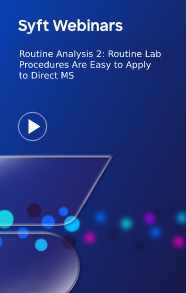
Routine Analysis 2: Routine Lab Procedures Are Easy to Apply to Direct MS
Learn how you can adopt direct mass spectrometry in your routine analysis workflow. Adaptation of routine procedures and techniques to automated SIFT-MS will be illustrated with case studies applicable to environmental, consumer product and biomedical laboratory testing. In particular, a head-to-head comparison of GC/MS and SIFT-MS for headspace analysis of volatiles in blood plasma will be described.
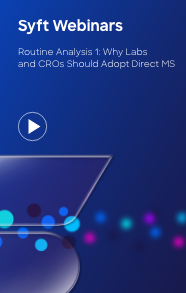
Routine Analysis 1: Why Labs and CROs Should Adopt Direct MS
This webinar demonstrates the advantages of applying automated SIFT-MS to volatile compound analysis in diverse matrices: from air to the headspace of polymer, soil or water samples. SIFT-MS is not simply advantageous for throughput reasons; it can also support faster method optimization for conventional methods. We include example data and case studies from a range of application areas ranging from pharmaceutical to environmental analysis.
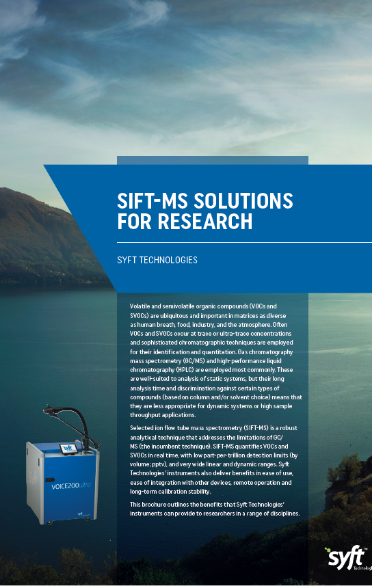
SIFT-MS Solutions For Research
SIFT-MS is a robust analytical technique that addresses the limitations of GC/MS (the incumbent technique). It quantifies VOCs and SVOCs in real-time, with low part-per-trillion detection limits (by volume; pptv), and very wide linear and dynamic ranges. This brochure outlines the benefits that Syft Technologies’ instruments can provide to researchers in a wide range of disciplines.
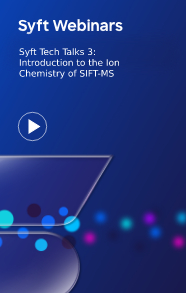
Syft Tech Talks 3: Introduction to the Ion Chemistry of SIFT-MS
In this Syft Tech Talk, Dr. Vaughan Langford introduces the ion-molecule chemistry utilized in SIFT-MS instrumentation. This highly controlled, ultra-soft chemical ionization approach enables SIFT-MS instruments to comprehensively analyze samples with high specificity in real-time.
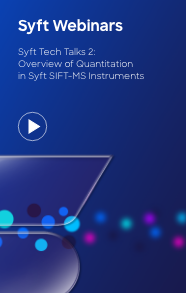
Syft Tech Talks 2: Overview of Quantitation in Syft SIFT-MS Instruments
Syft Technologies’ SIFT-MS instruments quantify volatile compounds in air or headspace in real time… but how do they do it? Vaughan Langford describes how quantitation direct from the SIFT-MS compound library is performed in Syft Technologies' instruments.
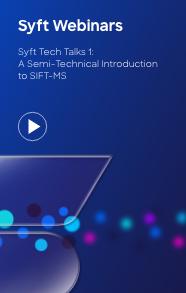
Syft Tech Talks 1: A Semi-Technical Introduction to SIFT-MS
In this webinar, we cover:
- The chemical ionization used in SIFT-MS, and how it provides both selectivity and detection of chemically diverse compounds (including ammonia, formaldehyde, and hydrogen sulfide)
- SIFT-MS quantitation, which is based on ion-molecule reactions, conferring long-term measurement stability and library-based quantitation
Rapid Analysis of BTEX Using Thermal Desorption-SIFT-MS
The combination of SIFT-MS and a GERSTEL autosampler provides automated analysis of benzene, toluene, ethylbenzene and the xylenes (BTEX) sampled from ambient air using thermal desorption tubes. This application note demonstrates the repeatability and sensitivity possible with automated thermal desorption (TD)-SIFT-MS. Automated TD-SIFT-MS provides sample throughput >3 three-fold higher than conventional TD-gas chromatography methods.
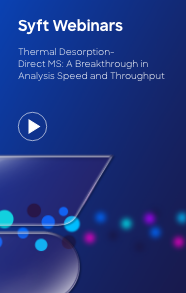
Thermal Desorption-Direct MS: A Breakthrough in Analysis Speed and Throughput
This webinar introduces SIFT-MS and explains the rationale behind seamlessly integrating thermal desorption (TD) with SIFT-MS. In short, the benefits of coupling TD and SIFT-MS are economic distributed sampling (such as for US EPA Method 325) and much higher throughput for an industry-standard sampling media.
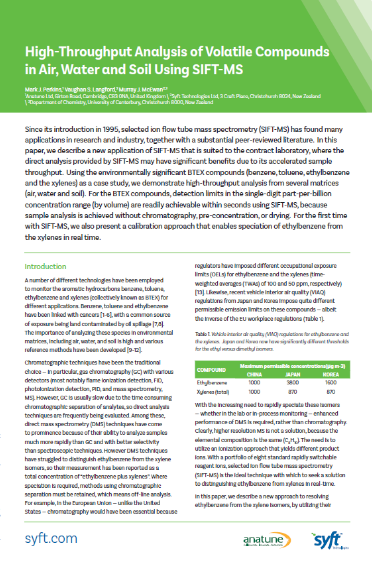
High-Throughput Analysis of Volatile Compounds in Air, Water and Soil Using SIFT-MS
Using the environmentally significant BTEX compounds (benzene, toluene, ethylbenzene and the xylenes) as a case study, we demonstrate high-throughput analysis from several matrices (air, water and soil). For the BTEX compounds, detection limits in the single-digit part-per-billion concentration range (by volume). We also present a calibration approach that enables speciation of ethylbenzene from the xylenes in real-time.
